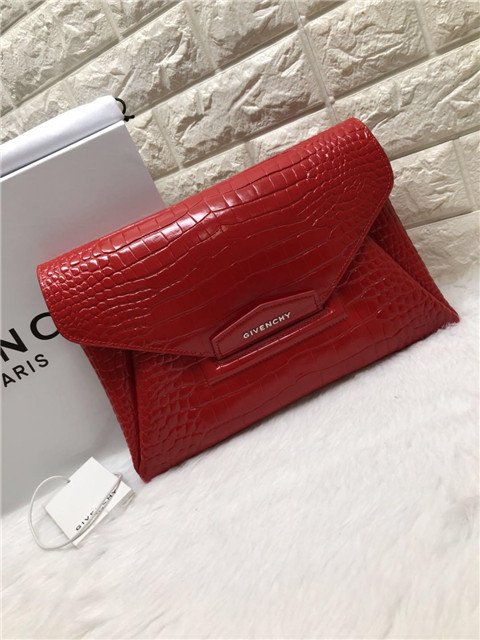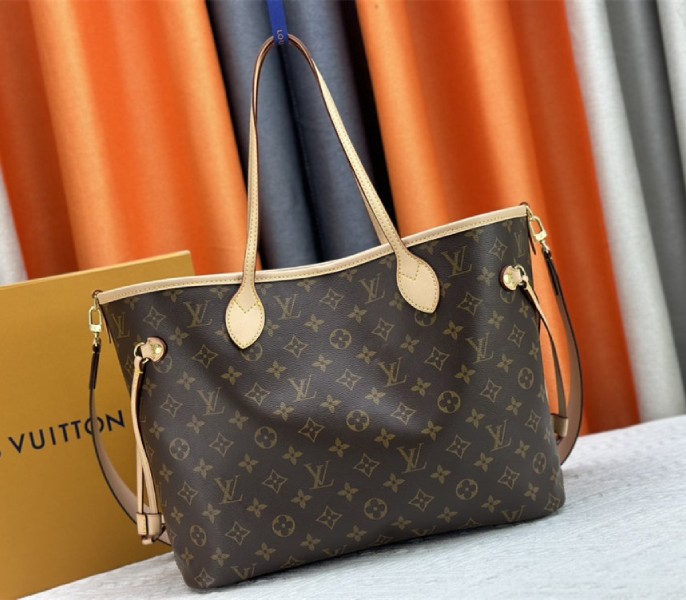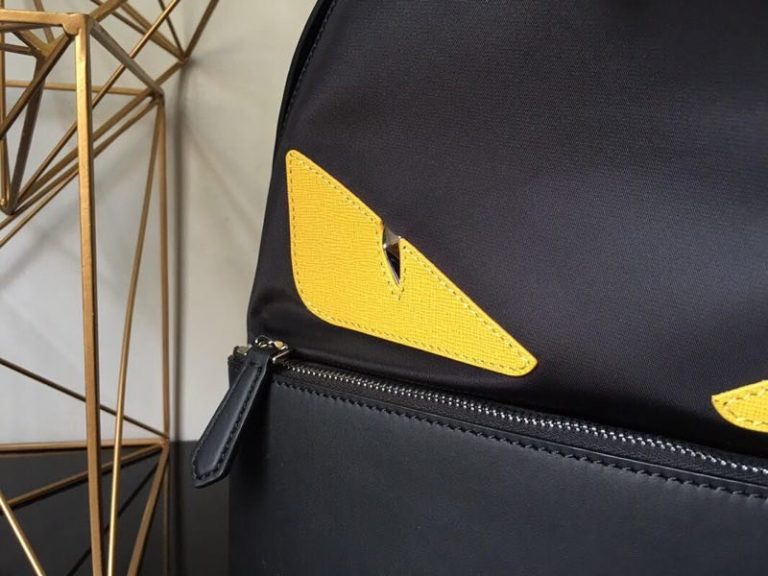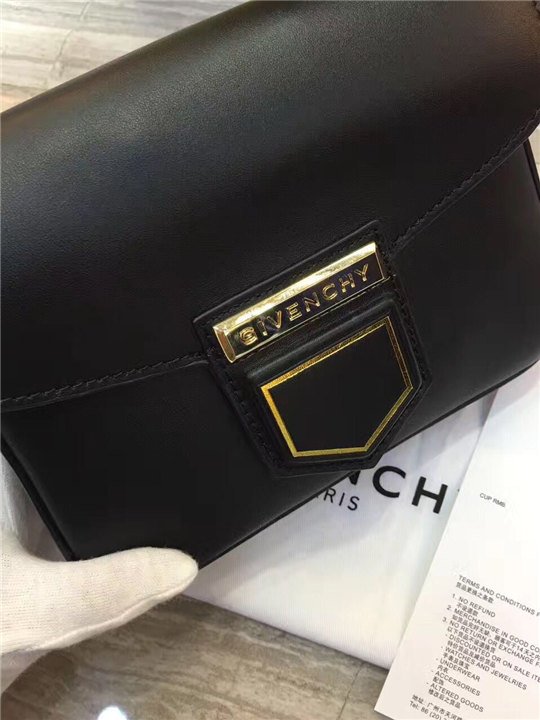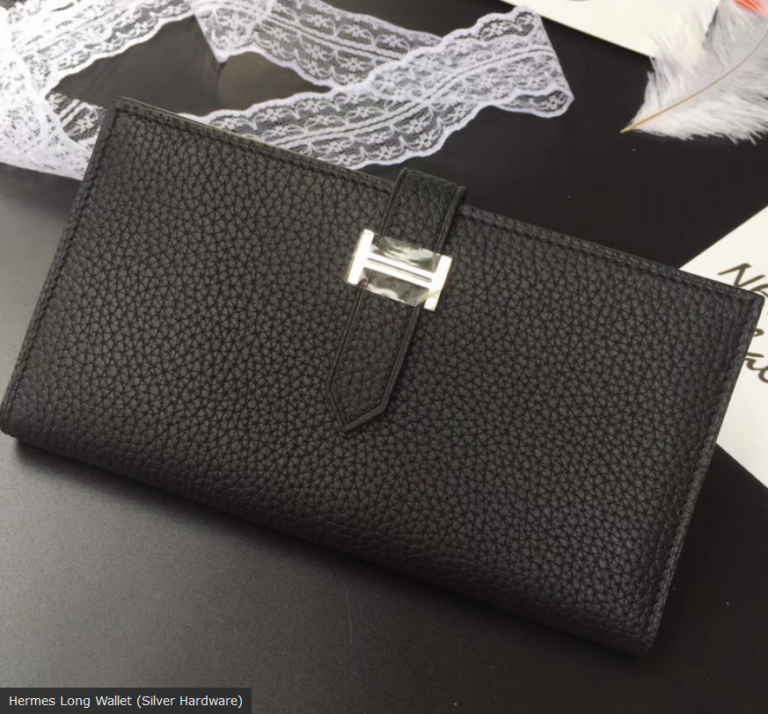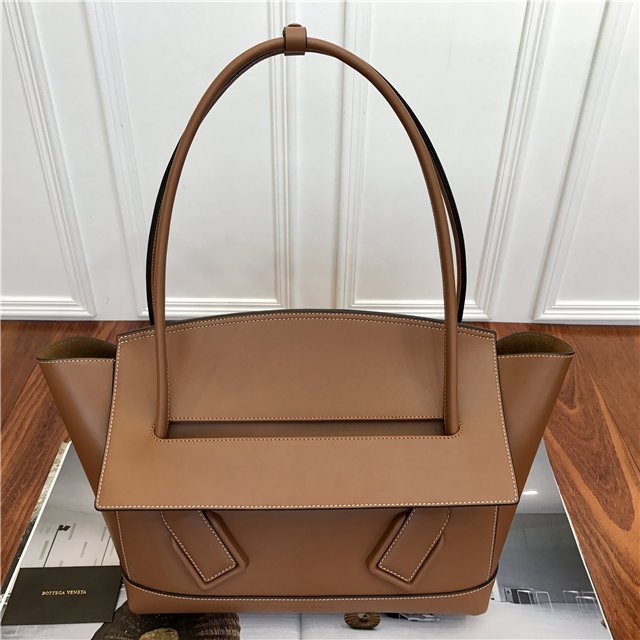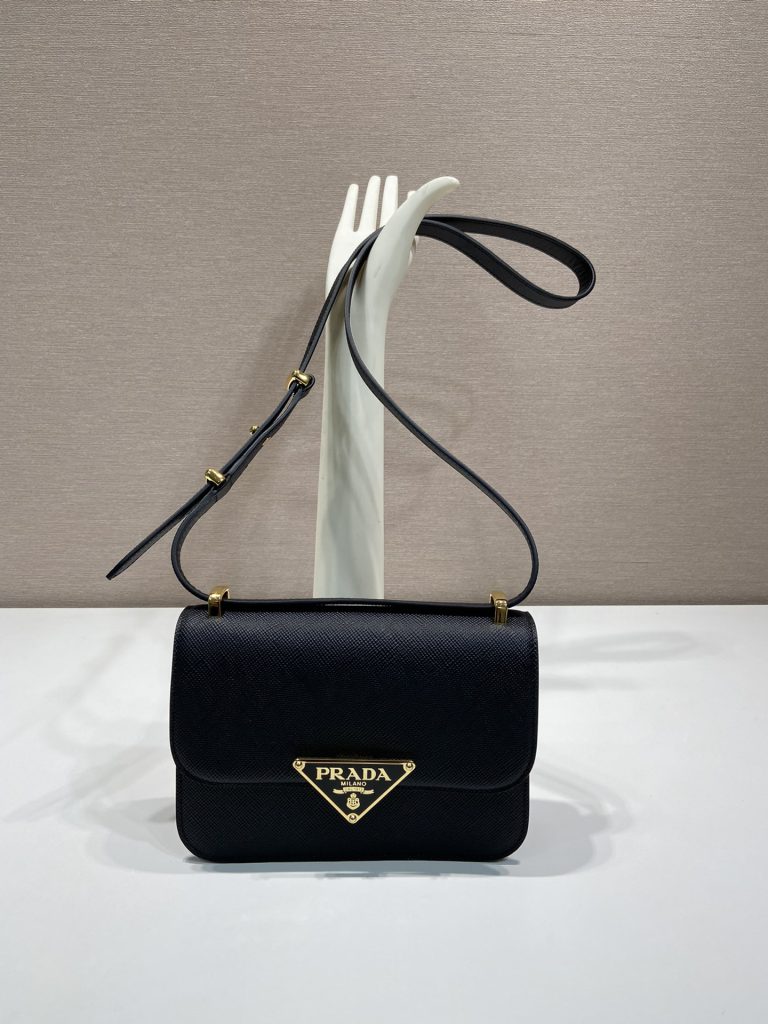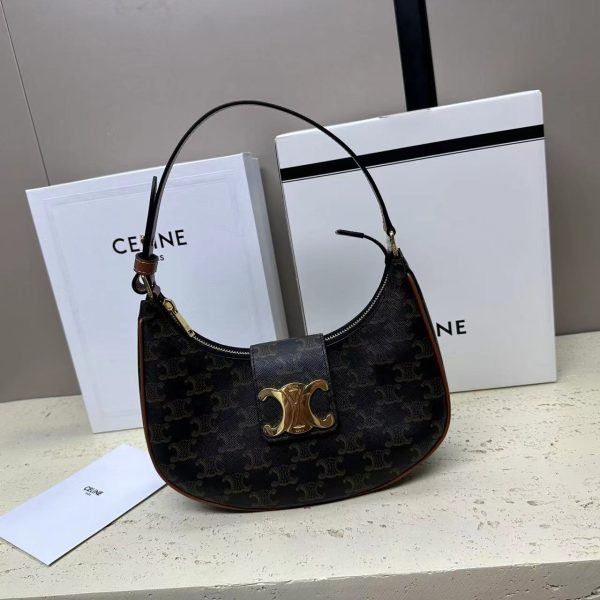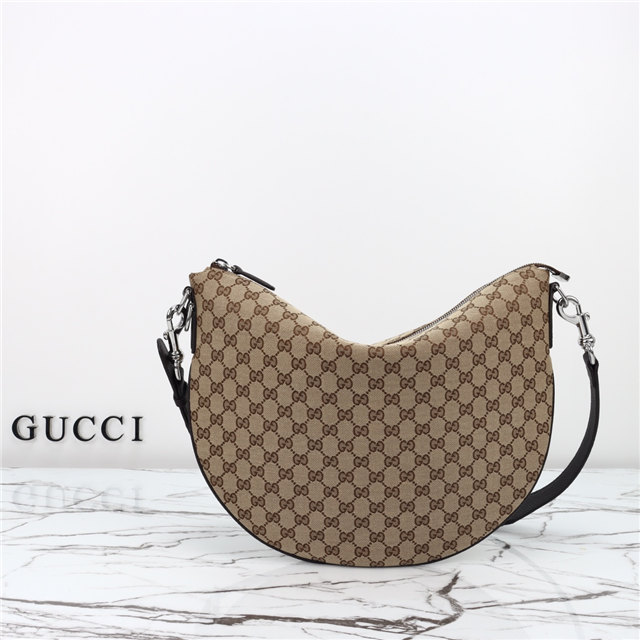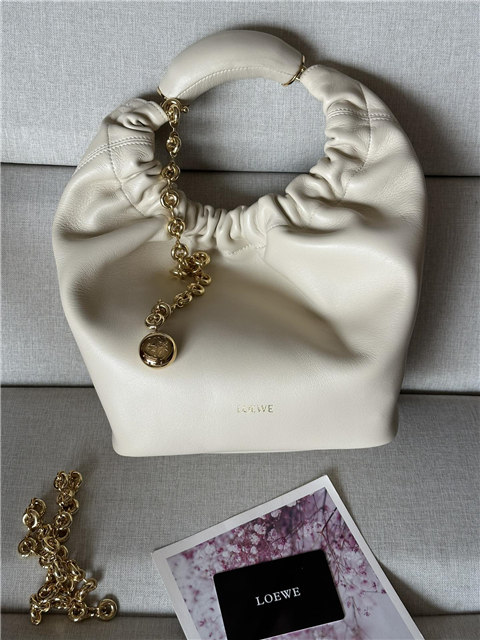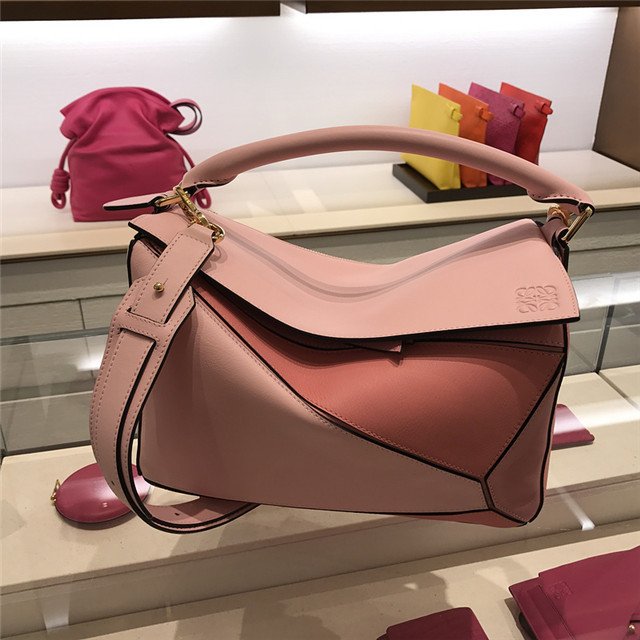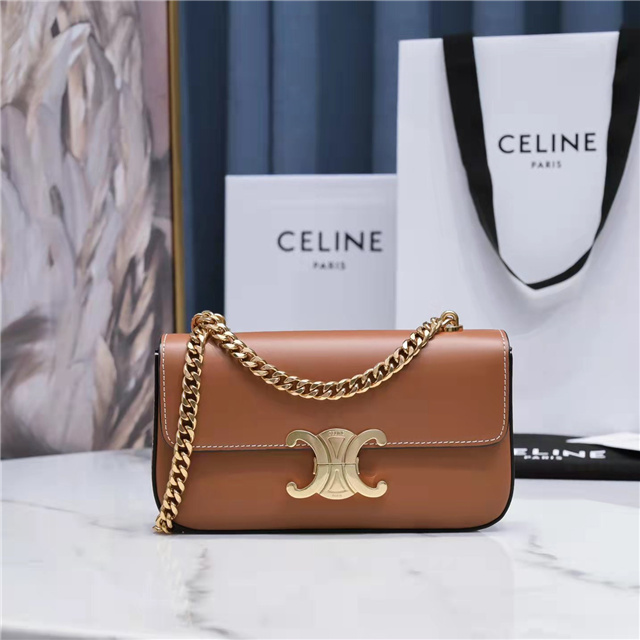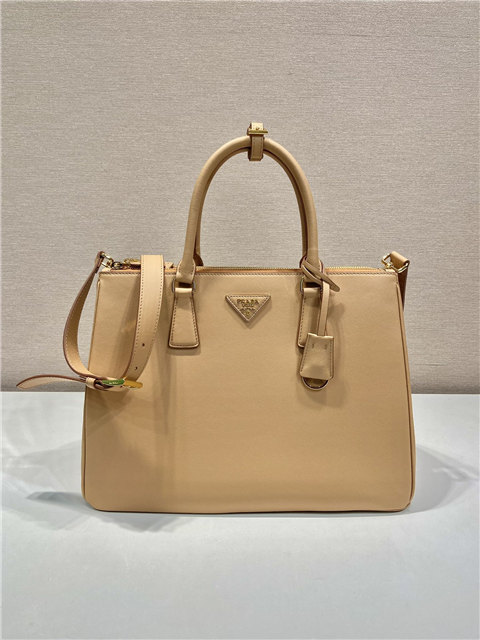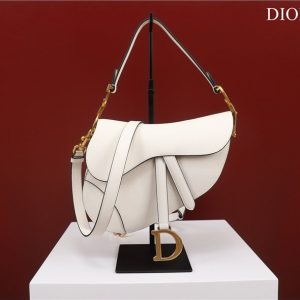First off, lemme just say, the fakes are getting *scary* good. Like, almost-identical-to-the-real-deal good. You used to be able to spot ’em a mile away, but now? It’s a whole different ballgame. I saw this one “Rolex” Datejust the other day, and I swear, I had to get out my loupe (that’s a fancy magnifying glass, FYI) to even *begin* to suss it out.
And let’s be honest, women’s Rolexes – they’re often smaller, more delicate, maybe have some diamonds thrown in… all that extra detail just gives the counterfeiters more stuff to try and screw up, but also more ways to trick you!
So, where do you even start? Well, the *weight* is often a giveaway. Real Rolexes, even the smaller ladies’ ones, have a certain heft to them. They’re solid, made with quality materials. A super light, kinda cheap-feeling watch? Red flag central. It’s like holding a real gold necklace versus something you got out of a vending machine – you can *feel* the difference, ya know?
Then there’s the serial number and model number. These are crucial! Look for them engraved between the lugs (that’s where the strap connects to the watch head). And I mean *really* look. Is the engraving crisp, precise, and deep? Or does it look kinda…fuzzy? Like someone scribbled it on with a dull crayon? That’s a bad sign. Google that serial number, see if it matches the model! If it’s off, it’s fake. Period.
And the movement! This is where things get a little technical. Real Rolexes have mechanical movements, which means they’re powered by tiny little gears and springs, not a battery. They tick *very* smoothly. Fake Rolexes, especially the cheaper ones, often use quartz movements, which tick in a more jerky, noticeable way. Hold it up to your ear. Can you hear a loud, erratic “tick-tock”? That’s a quartz movement. A real Rolex will be almost silent, a smooth hum. Listen closely, you might be suprized what you hear.
Okay, so, my personal pet peeve? The date window. On a real Datejust or Day-Date, the date is magnified by a Cyclops lens. And it’s gotta be *good* magnification. If the date looks kinda small and squished, or the Cyclops lens is blurry or off-center, that’s a huge red flag. It’s like, they can fake everything else, but they always seem to mess up the Cyclops!
Now, I know what you’re thinking: “This is all so complicated!” And yeah, it kinda is. That’s why, if you’re spending serious money on a Rolex (and let’s face it, you are), it’s worth getting it authenticated by a professional. Don’t just take the seller’s word for it. Pay a few bucks to get it checked out. It’s cheaper than getting stuck with a worthless fake, trust me.
Oh! And don’t forget the price! If it seems too good to be true, it probably is. Real Rolexes hold their value (or even increase in value!), so if someone’s selling one for a ridiculously low price, there’s almost definitely something fishy going on. Seriously, use your brain. A Rolex is an investment, not a bargain bin find.
Look, spotting a fake Rolex, especially a women’s model, is like detective work. You gotta be observant, pay attention to the details, and trust your gut. If something feels off, it probably is. And remember, when in doubt, get it authenticated. Your wallet will thank you later.


